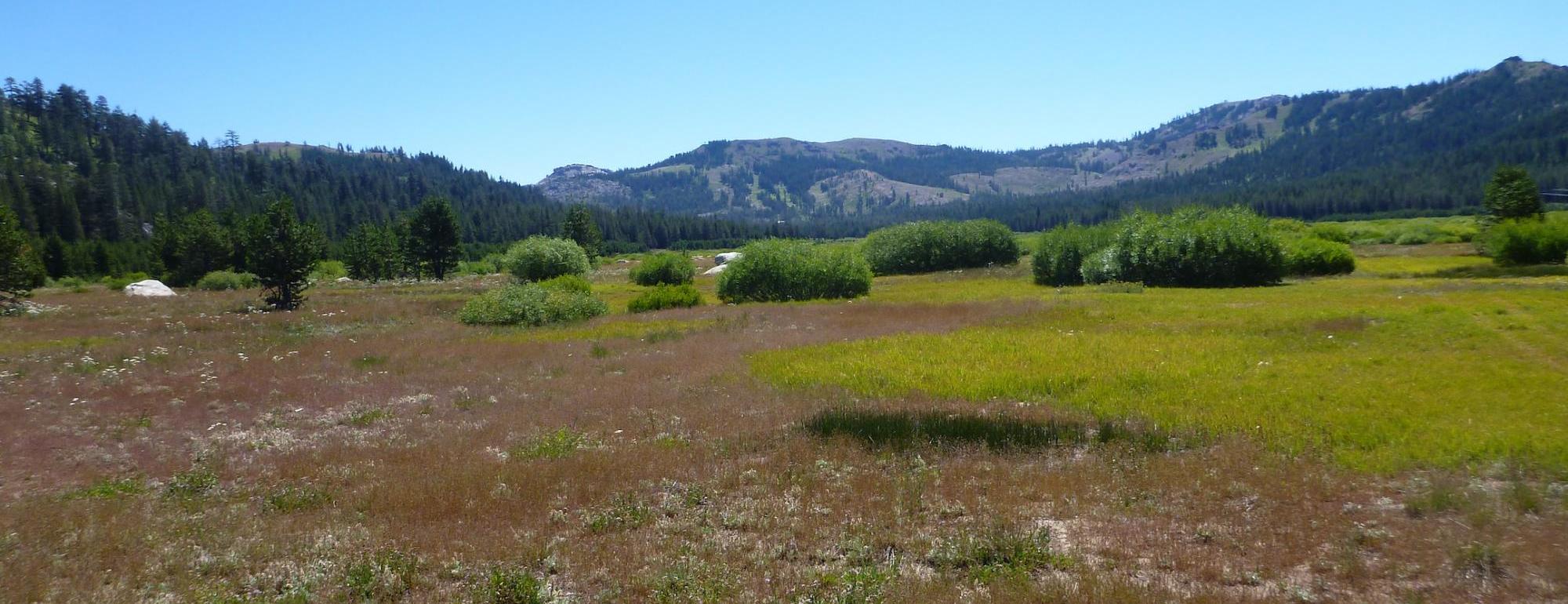Intact mountain meadows play an important role in supporting the water quality and resiliency of headwater ecosystems, including prolonging summer baseflows, providing summer aquatic habitat for threatened native species, and

sequestering carbon. However, impacts from grazing and development can degrade these naturally productive ecosystems and reduce their ecological function. Meadow restoration is carried out in many different ways, but it generally relies on techniques, such as infillingincised channels, removing dams, and installing wood structures, that spread water out over the floodplain and meadow surface to increase the groundwater table. Beaver Dam Analogues (BDAs) are a type of man-made instream wood structure that mimics the natural structures built by beavers.
Beavers are ecosystem engineers, and studies have shown that recreating their dams can achieve many of the same hydrological and ecological benefits (cite 2 studies and add reference).


Van Norden meadow, known as Yayalu Itdeh in Washoe, is located in Soda Springs, California, and lies within both Placer and Nevada Counties. It is of the largest sub-alpine meadows on the west slope of the Sierra Nevada range in California, located at 6,775 feet (2,065 meters) above mean sea level. Van Norden meadow lies within a valley created by glaciation over tens of thousands of years. Following the last ice age, melting glaciers left behind a bedrock bowl that filled with sediments and water to create a verdant meadow that supported a diverse array of native species over the last several thousand years.
Since the mid-1800s when western Europeans migrated to California along the Emigrant Trail that runs right through Van Norden Meadow, it has been degraded from over-grazing and road development. In the early 1900s, a dam was built at the meadow outlet to provide water for the western railroad and even an ice-making enterprise for a period of time. The dam converted the lower two-thirds of the meadow into a reservoir until 1976, when the dam was notched to reduce the amount of water impounded. For the next 40 years, the lower third of the meadow remained a reservoir, while the South Yuba River traversed the upper meadow contained within a deeply incised stream channel.
In 2014, the South Yuba River Citizens League (SYRCL) along with other project partners including the US Forest Service, UC Davis Center for Watershed Sciences, and Point Blue began plans for the restoration of Van Norden Meadow with actions focused on restoring the stream channel, improving water quality, ecologic function, and headwater resiliency, prolonging summer base flows, and reducing impacts from recreation.
Phase I Restoration Summary
In October of 2015, the reservoir was partially drained lowering the baselevel by over 1 meter in preparation for future restoration actions. In fall 2019, the dam was further notched to maintain this new baselevel and permanently reduce previously impounded water volumes. In October 2022, 2.75 miles of channel infill was completed in the South Yuba River and Lytton Creeks and 25 BDAs were installed. These restoration efforts helped to slow down and spread water across the meadow. Two acres of non-native Reed Canary Grass was removed to limit competition with native herbaceous meadow species, and 14 acres of conifers were removed to allow native woody meadow species, such as willows, to flourish in the wetter soils. Additionally, over 30 acres were revegetated using native seed mix dispersal, sod/sedge plugs, willow stakes, and willow fascines. The comprehensive removal of invasive species and revegetation with native meadow species is an important part of the restoration process.
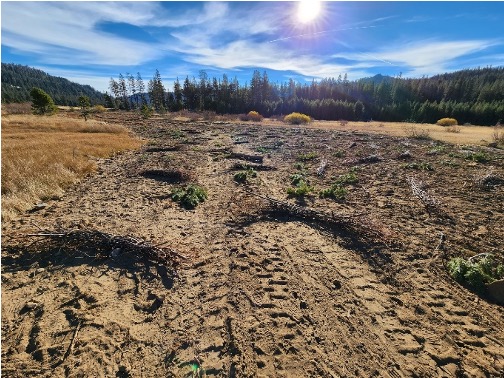

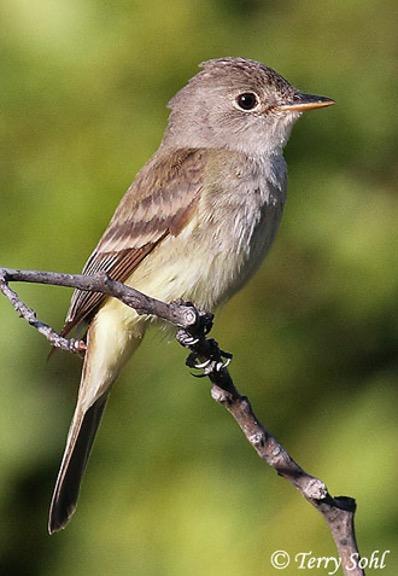
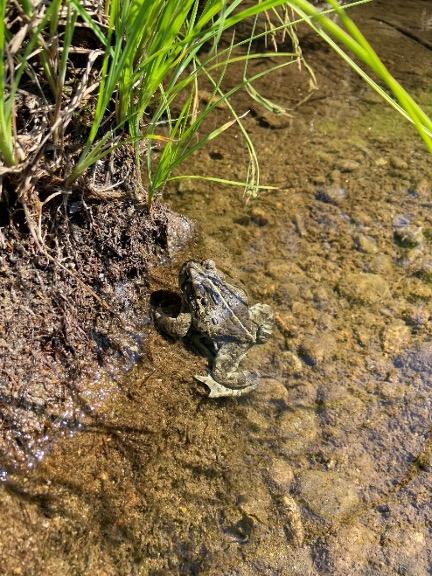
Monitoring of the meadow hydrology, geomorphology, vegetation, bird and aquatic species communities will continue for the next several years. Van Norden Meadow provides important rearing and breeding habitat for the Western toad (Anaxyrus boreas), which is near threatened (see photo), and provides habitat for the endangered Willow Flycatcher (Empidonax traillii). Phase II of the restoration, which includes additional restoration around Lytton Creek, is expected to occur in 2024.
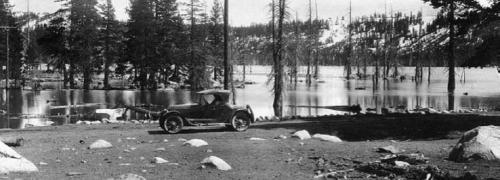
Other Resources:
- SYRCL Van Norden Restoration Website
- Sierra Nevada Meadows Data Clearinghouse
- The Sierra Meadows Partnership

